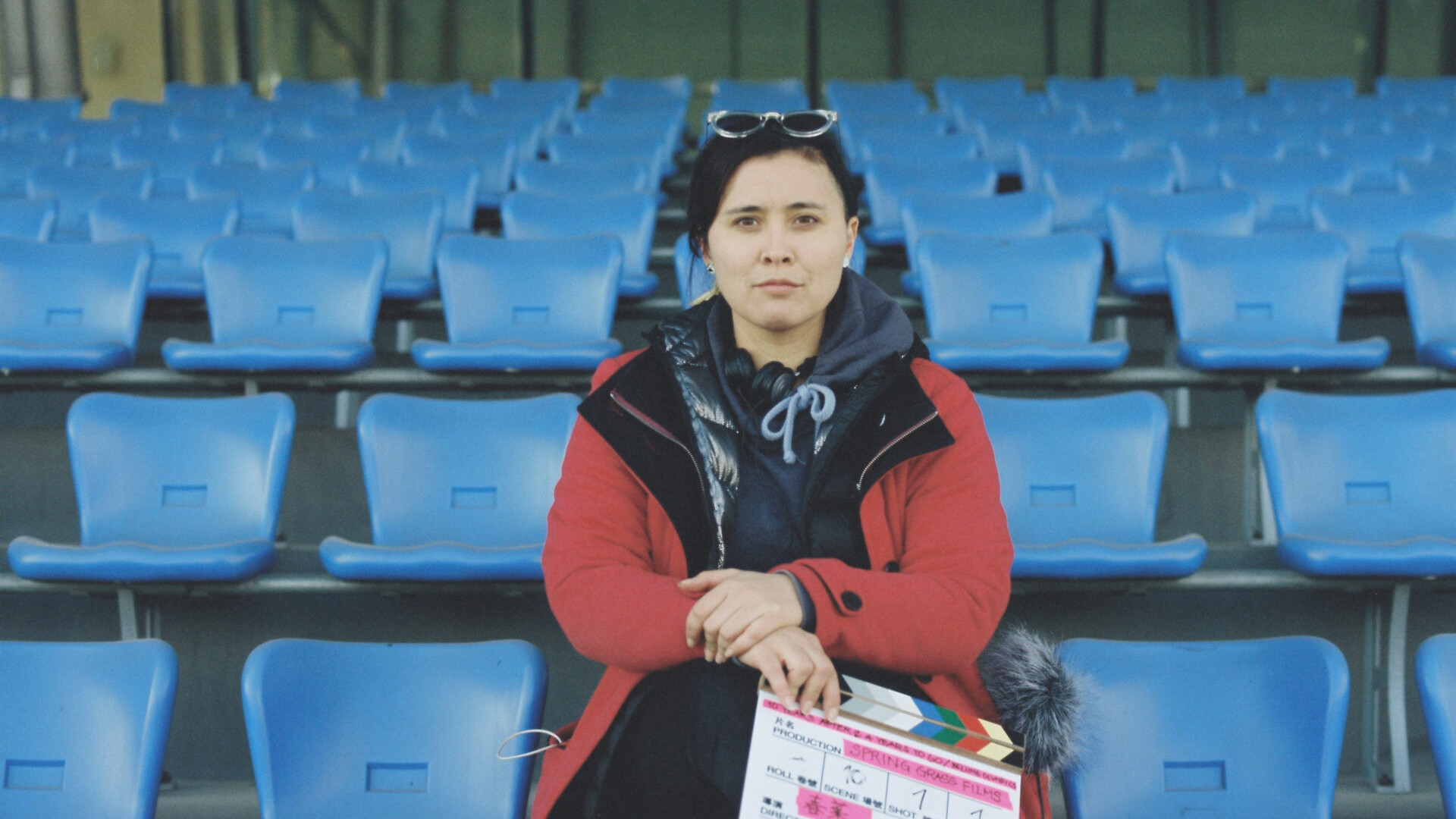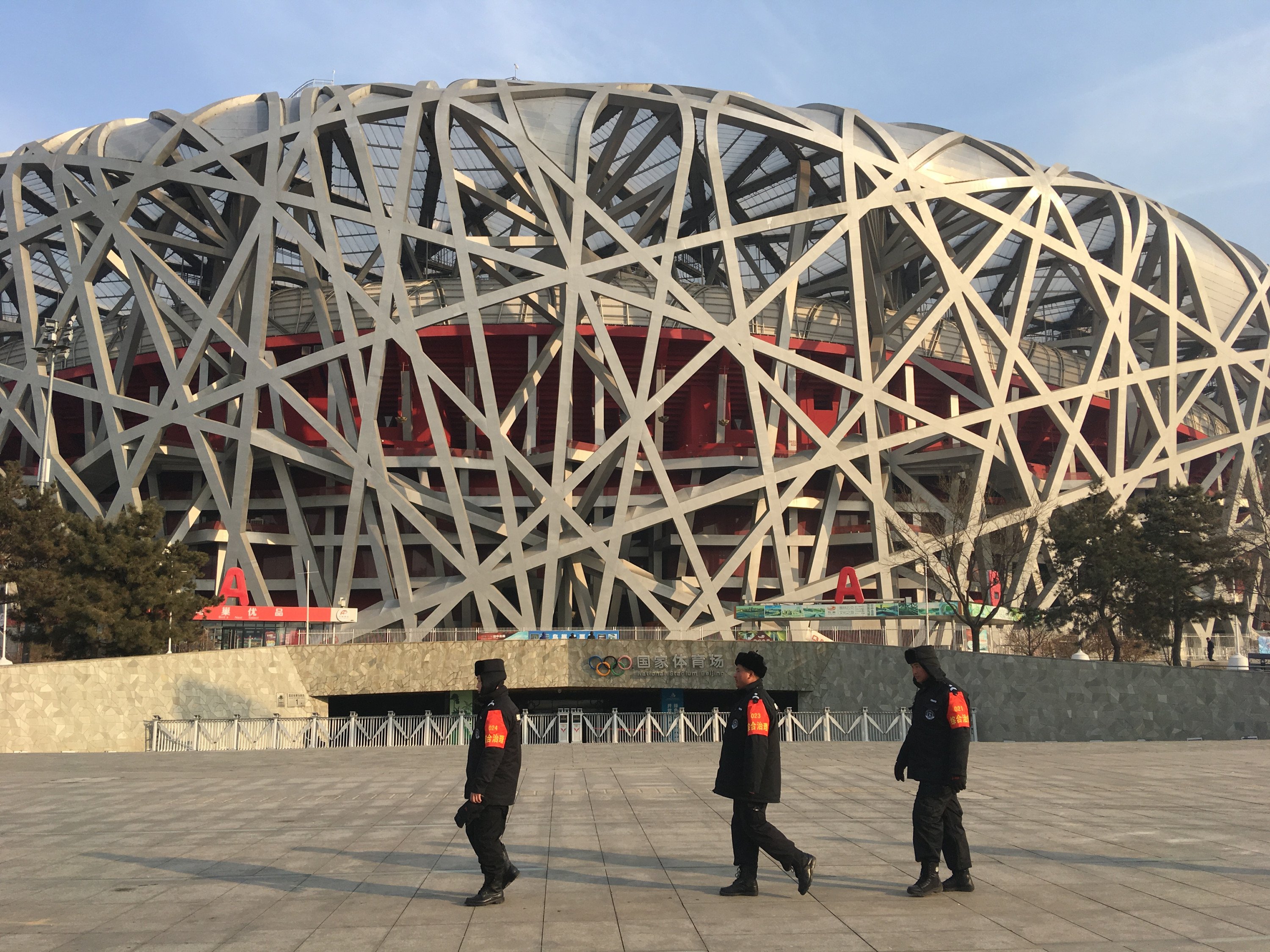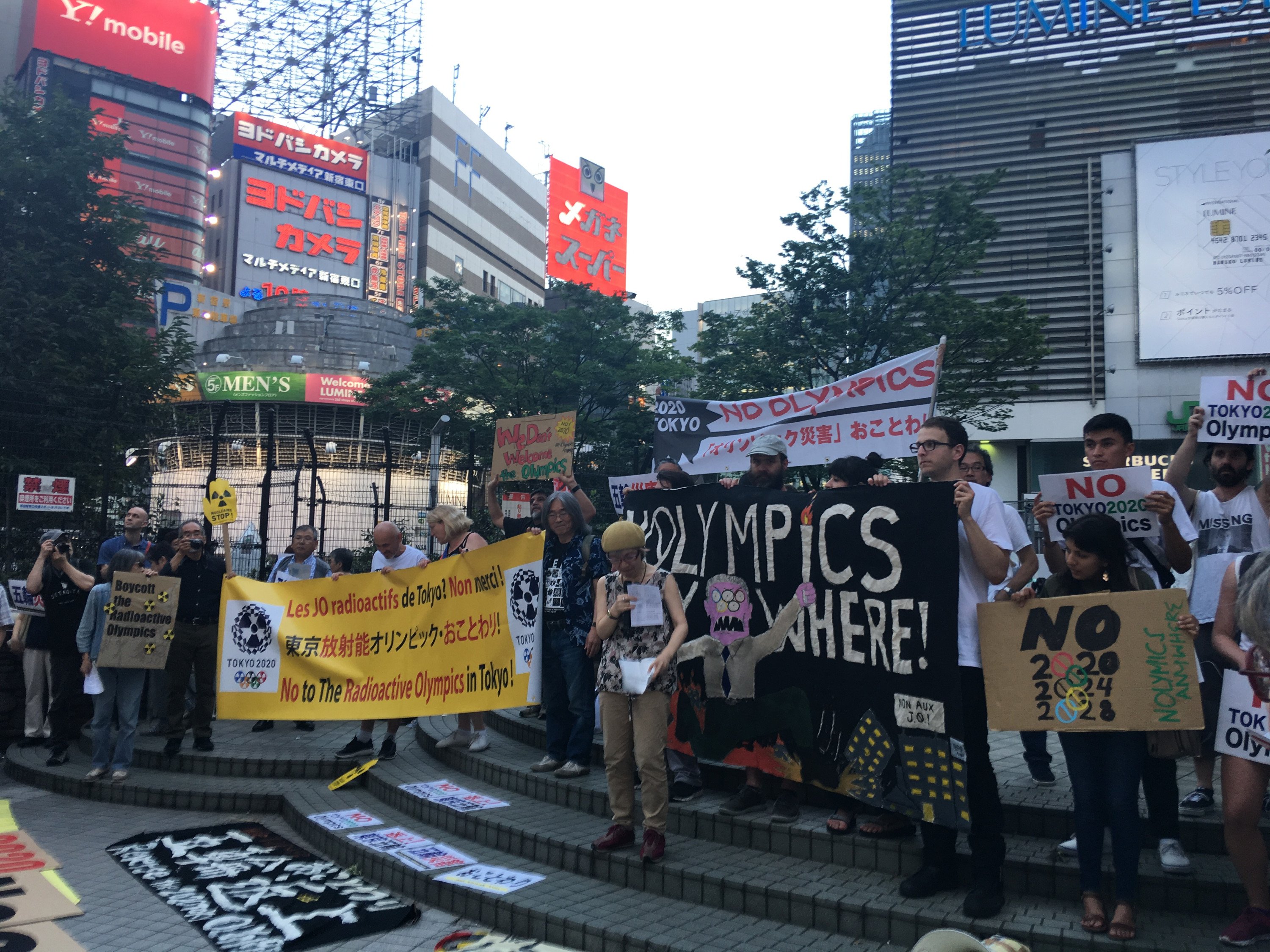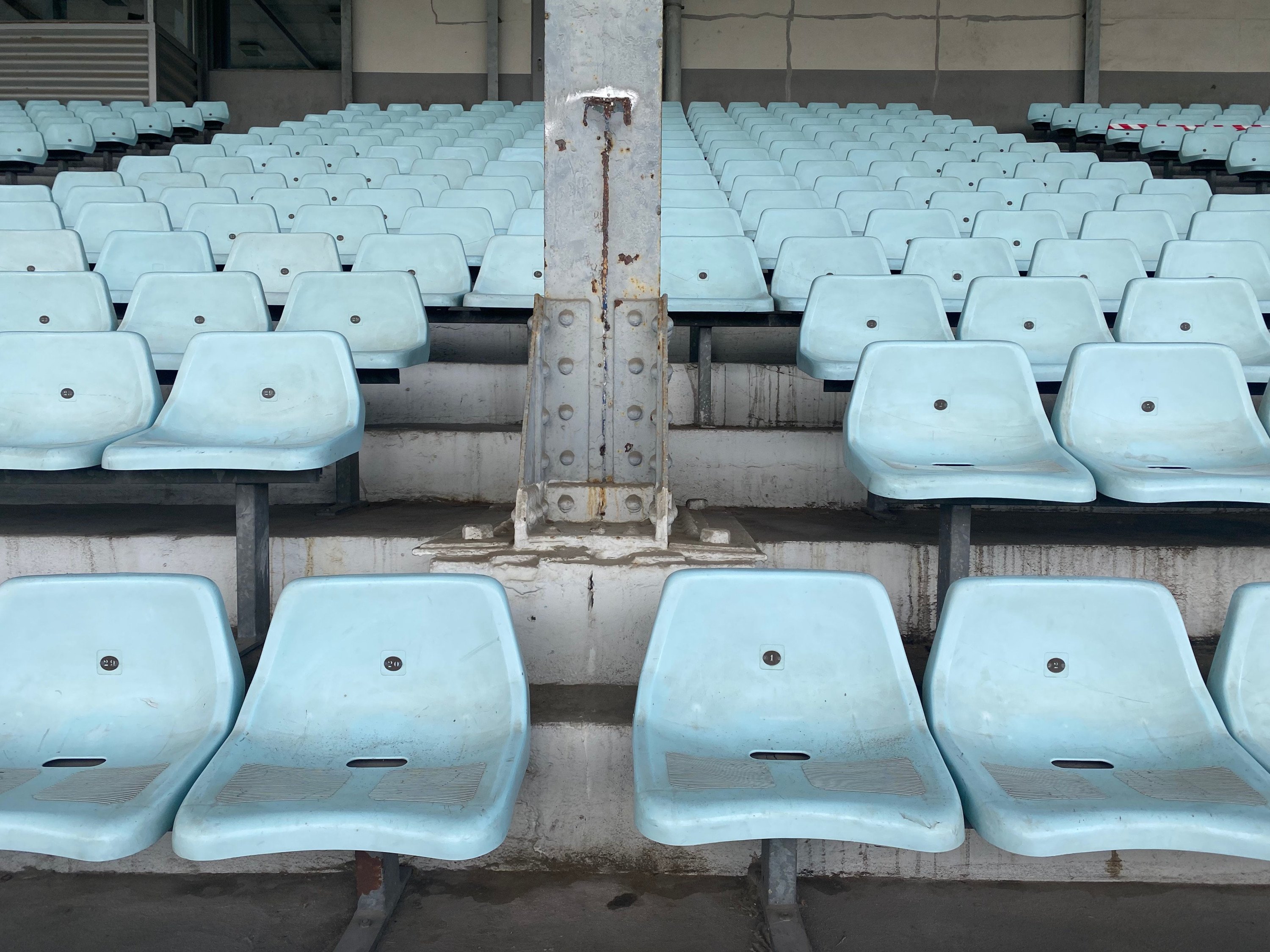Olympic Halftime
Director Haruna Honcoop describes the way she went through before making her new documentary film Olympic Halftime which shows the impact of the Olympic Games on their host cities. The picture had its premiere at the 27th Ji.hlava International Documentary Film Festival in the Czech Joy section.
The process of making Olympic Halftime had a long genesis. There were six years between the first shots in China and the final post-production works. In 2018, as a FAMU student at the time, I went on an educational stay to Beijing Film Academy. My professional relationship with China is long-standing; I studied Sinology at the Faculty of Arts at Charles University and spent a year in Beijing during my previous studies.However, all that took place before the first Beijing Olympics.
Beijing
When I returned to Beijing after several years in 2018, I was completely astonished how the capital had changed. A once grey, smoggy and hostile place turned into quite a modern city with new high-rise buildings, shopping centres and metro lines. And above all – a huge Olympic complex in the north of the city with an architectural masterpiece, Olympic stadium Bird's Nest designed by Swiss architects Herzog and de Meuron. At that time, Beijing was already full of red posters promoting the forthcoming winter Olympics in the spirit of Chinese building and development – de facto a five-year plan. The “wow effect” thus quickly left me since we all well remember ubiquitous constructive slogans from ages not so long-ago.
In Beijing, I met photographer Jiang Shengda, who has been documenting various urbex places. He took me to the abandoned and shabby stadiums built for the summer Olympics in 2008. I also set out for a 250 km long journey north-westwards from Beijing where brand new venues and an Olympic village were built in the middle of the mountains. However, it almost never snows in those mountains and they were thus far from suitable for winter Olympic Games. “We will command the wind and rain” is the Chinese watchword, though, and covering the mountain plains with artificial snow became the way to deal with the problem. That time a subject for a documentary film arose in my head. Soon, I extended it to other locations since shooting in China without permission was not always easy and it was quite obvious to me that I would not be able to gather material for a feature film there.
“Imagine the Olympic Games taking place in a tarted-up village in Chernobyl only 10 years after the catastrophe with the surface radioactive soil just cleared away.”
Tokyo
I set off to Japan, my second homeland. Also there I focused on Olympic stadiums and related infrastructure. However, the situation in Japan was very different from the one in Beijing. The first Japanese Olympics took place in 1964 during years of economic expansion. The then Olympic stadiums were amply used for the following 60 years, and the second Tokyo Olympics planned for 2020 had already been prepared just like in Beijing, which gave me a lot of opportunities for shooting and talking to people.
I got in touch with the local anti-Olympic group Hangorin no kai, which formulated an anti-Olympic manifesto, and talked to its spokeswoman Misako Ichimura. Like many other locals, she also did not agree with holding the Games due to the subsequent gentrification, park destructions and construction of Potemkin Olympic venues in Fukushima Prefecture hit by a nuclear catastrophe in 2011. However, part of the Tokyo Games took place there, despite disagreement of the residents. Which is similar to holding Olympic Games in a tarted-up village of Chernobyl only 10 years after the catastrophe with the surface radioactive soil just cleared away.
I noticed another absurdity during construction of a new Olympic stadium. After becoming the organising city of the 2020 Olympics, Tokyo municipality decided to demolish the previous stadium and use the plot to build a new one with a bigger capacity, designed by the top Japanese architect Kengo Kuma. Back then nobody could anticipate that the Olympics would have to be postponed until the following year due to covid and that grandstands for spectators would remain empty because of the pandemic state of emergency.
Paris
My further steps led me to Paris which has also been preparing for the forthcoming Olympics in 2024. Here, too, I talked to plenty of people who disagree fundamentally with the Olympics being held in the city – due to their unsustainability, high budget in times of sharp inflation and opulence which only gives a hard time to local inhabitants who often have to move out in favour of construction of a new Olympic village. However, progress is hard to stop and so is the high-profile worldwide sporting event. Many people call for a reform, which was actually promised by the former IOC president Juan Antonio Samaranch. However, the current situation is still far from a dream of sustainable Olympic Games.
Closing remark: Neither request for an official statement of the International Olympic Committee nor our numerous requests for an interview for the film were granted. However, the film at least shows the IOC president Thomas Bach during an official press conference he gave for journalists a year before the Tokyo Olympic Games.





